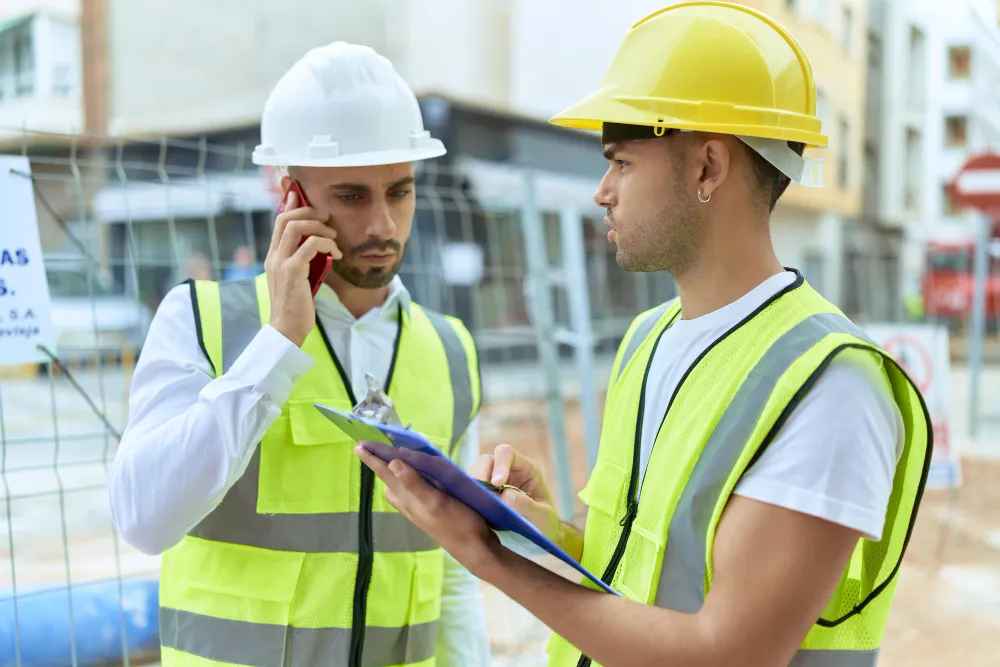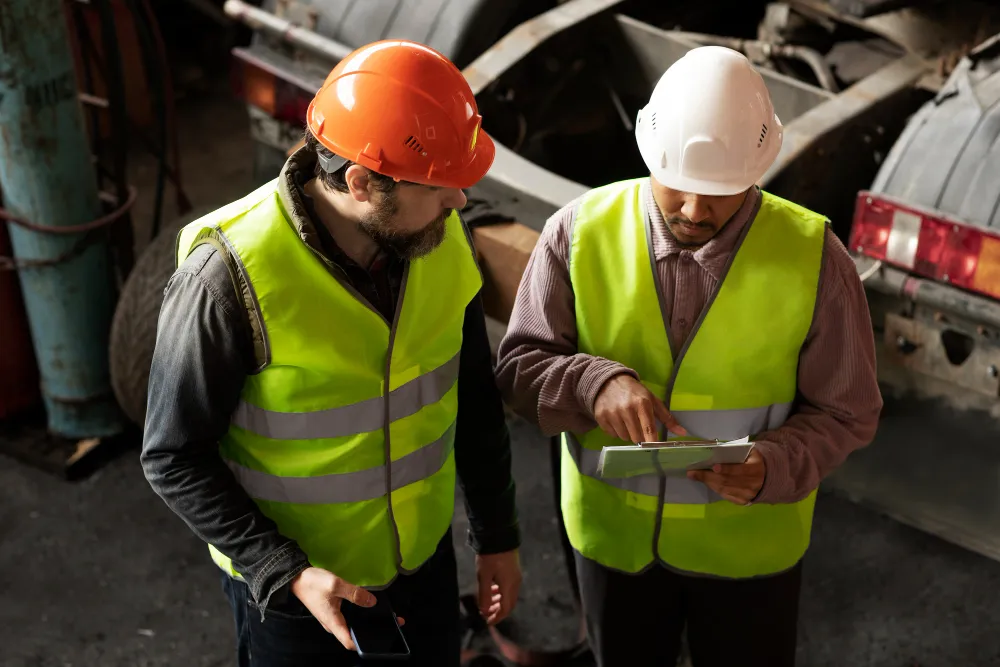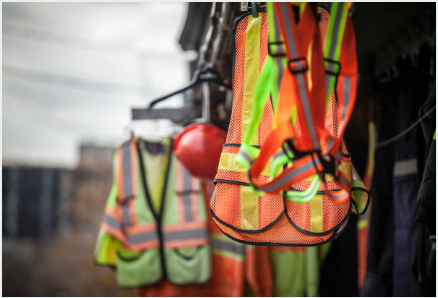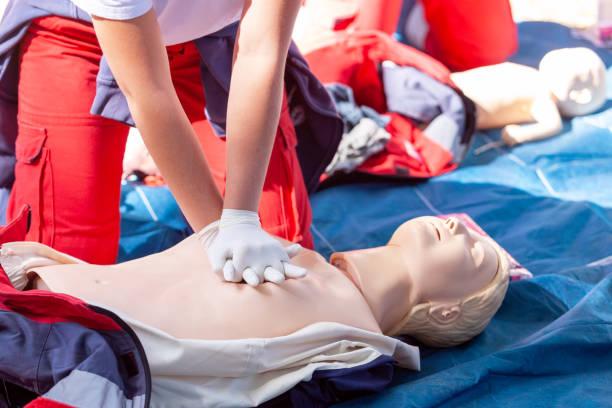The Safety Coordinator: An Indispensable Role on a Construction Site
Construction sites are ever-changing places with many possible risks. The risks are many, ranging from operating heavy machinery to working at heights. The safety coordinator is essential to maintaining a safe workplace, which is of utmost importance. To guarantee that everyone on the job site knows how to work safely and effectively, a committed safety professional helps reduce risks, enforces safety laws, and gives construction workers the necessary safety training.
The Role of a Safety Coordinator
On a construction site, the job of a safety coordinator is to supervise and carry out safety protocols. Among their responsibilities are carrying out safety audits, making sure safety rules are followed, and offering ongoing training on the best practices for construction safety. In addition, they keep records of all safety-related activities, look into incidents, and suggest remedial measures.
In order to guarantee that safety procedures are properly explained and followed, safety coordinators also serve as a point of contact between management and employees. By taking a proactive approach to safety, they are assisting in the decrease of workplace incidents and enabling projects to proceed without being interrupted by avoidable mishaps.

The Importance of Safety Training for Construction Workers
One of the most crucial responsibilities of a safety coordinator is to provide safety training for construction workers. Employees with the necessary training can be recognized and function in line to recognize risks, guarantee that safety gear is worn appropriately, and effectively handle crises. Reminding teams of construction safety best practices and making sure all employees are up to date on the most recent safety procedures can be accomplished by regularly holding safety training sessions. Some common training topics include:
- How to use personal protective equipment (PPE) the right way
- Spotting hazards and assessing risks
- What to do in an emergency and basic first aid
- Safety tips for equipment and machinery

Compliance with Safety Regulations
Strict safety regulations must be adhered to on construction sites in order to avoid penalties, delays in work, and—above all—injuries. In order to ensure that everything on-site satisfies the necessary safety standards at the local, provincial, and federal levels, safety coordinators are important. With their expertise, they assist companies in comprehending detailed safety regulations, implementing the required safety precautions, and conducting routine inspections to ensure compliance.
Contact Peak Safety for Expert Safety Training
If you want to keep your construction site safe, Peak Safety in Burnaby, BC can help. Our trainers offer hands-on safety training for construction workers. This way, your team will know how to tackle the job safely and follow good safety practices. If you need safety assessments, guidance on rules, or special training programs, our team is here for you. Give Peak Safety a call today to set up a training class or to find out more about what we offer!

Conclusion
The safety coordinator is a key part of any construction site. They help keep workers safe, follow rules, and create a safety-first mindset. When construction companies focus on training and best practices, they lower risks, boost productivity, and make the workplace safer. Investing in safety is not just about the law. It’s about caring for everyone working there.
Disclaimer
This article is for informational purposes only and does not constitute a reference or substitute for professional safety training. Always refer to a competent safety professional or regulatory authority for any special advice on site safety and compliance.




